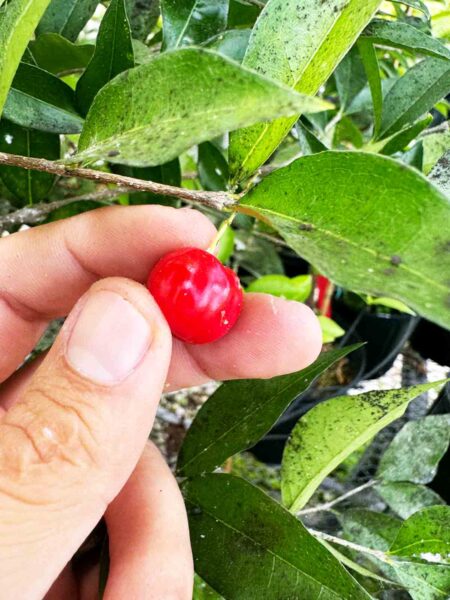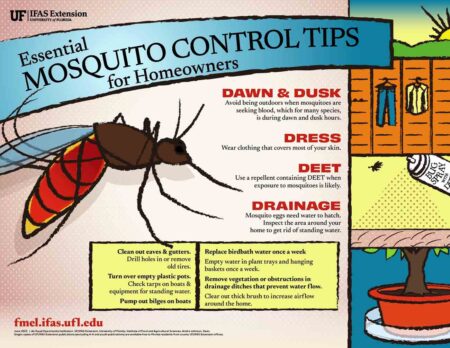Unfortunately, Entomosporium leaf spot fungus and Indian hawthorn (Rhaphiolepis species and hybrids) go hand in hand. The best that you can do with this common leaf spot disease is to plant Indian hawthorn shrubs in full sun, with adequate spacing between plants to ensure good air circulation and eliminate irrigation after the plants are established.
Q. I have a very bad case of fungus on my Indian hawthorn shrubs. I have tried to research what to do and it has been suggested to remove all ground cover under the plants, water from below (which will be a huge expense) and to apply a fungicide if the problem is really bad. I would like to know how to “cure” this problem? This fungus is on nearly every leaf and I have about 50 plants that are fully mature. I trimmed them back drastically but no way can I trim off all of the infected leaves.
A. Unfortunately, Entomosporium leaf spot fungus and Indian hawthorn (Rhaphiolepis species and hybrids) go hand in hand. The best that you can do with this common leaf spot disease is to plant Indian hawthorn shrubs in full sun, with adequate spacing between plants to ensure good air circulation and eliminate irrigation after the plants are established. All of this has to do with keeping the plants as dry as possible. Indian hawthorn plants don’t like to stay wet but fungal diseases such as Entomosporium do like to stay wet. Here in Florida we live in a wet environment and when we get frequent afternoon/evening rains, fungal plant diseases such as Entomosporium leaf spot thrive.
This plant likes sun, well-drained soil, plenty of air circulation and no overhead irrigation. If these are the conditions that you have for your Indian hawthorns and you still are having problems with Entomosporium leaf spot, it’s because of the wet weather we’ve had in recent years. During times of frequent afternoon/evening rains, you’ll have to be on a regular fungicide spray program to help minimize disease incidence.
Always follow label directions and precautions when using any pesticide, including fungicides.
Sometimes we simply may have planted the wrong plant(s) in the wrong place. When Indian hawthorn is planted in an area with poor air circulation and/or where there is too little sunlight and/or in poorly drained soil and/or where there is frequent overhead irrigation, then Indian hawthorn is the wrong plant. When dealing with this type of situation, the long term solution is to replace the Indian hawthorn with more appropriate plants for those conditions.
Larry Williams is the Extension horticulture agent with the Okaloosa County Cooperative Extension Service, University of Florida. Contact Larry at 689-5850 or email lwilliams@myokaloosa.com.







